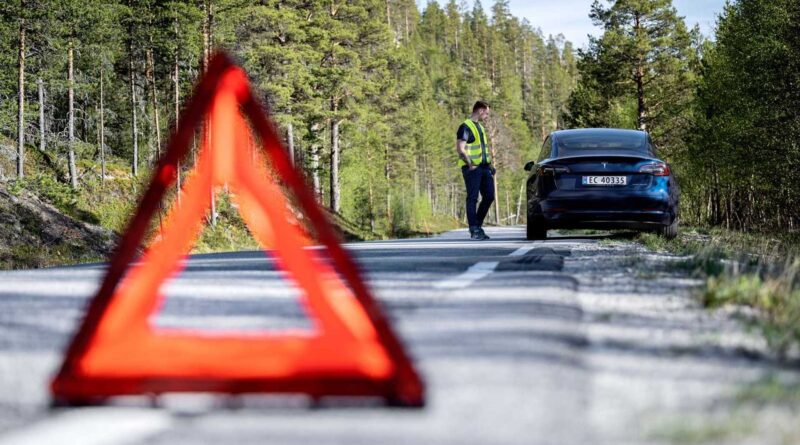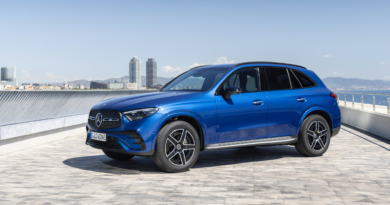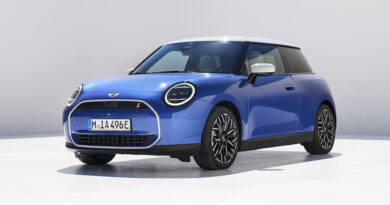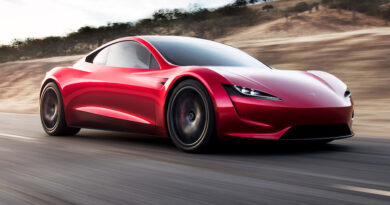Tesla Model 3 tops Ford Mustang Mach-E in real-world range test, BMW iX3 stars
The Tesla Model 3 has won a Norwegian real-world range test ahead of the Ford Mustang Mach-E in which 18 of the 21 battery electric vehicles involved exceeded their WLTP range claim.
Testers from the Norwegian Automobile Federation and the automotive outlet Motor drove the BEVs until they ran completely out of charge. They were all driven on the same day in the same way on a route that included city, suburban, country and highway driving.
TECH EXPLAINER: How much do EVs cost to run?
TECH EXPLAINER: How far will an EV drive on a charge?
ELECTRIC CAR ADVICE: Read all our EV FAQs
NAF and Motor have been conducting summer and winter range testing in Norway since 2019, reflecting the country’s wholesale transition to electrified vehicles. All new cars sold in the country by 2025 are to be zero emission. BEVs accounted for 54 per cent of new vehicle sales in 2020.
READ MORE: Tesla slashes price of Model 3
READ MORE: Tesla Model 3 now sourced from China
READ MORE: Junior Tesla entertainment review, farts and all
Updated with more range since it was last tested, the Tesla Model 3 Long Range all-wheel drive sedan competed 654.9km compared to its 614km claimed WLTP range.
The rear-wheel drive long range Mustang SUV managed 617.9km, just exceeding its 610km WLTP claim.

The Volkswagen ID.3 Pro S completed the podium with 564km travelled versus its 539km claim.
The testers also highlighted the performance of the new BMW iX3 SUV, which travelled 556.2km, exceeding its claimed range of 450km by 116.2km. It also travelled 106km after its battery range showed zero.
In terms of efficiency it was the Hyundai Kona Electric that did best. Officially taking part as a reference vehicle rather than a competitor, it averaged 12.1 kWt/100km in travelling 537km (484km claim).
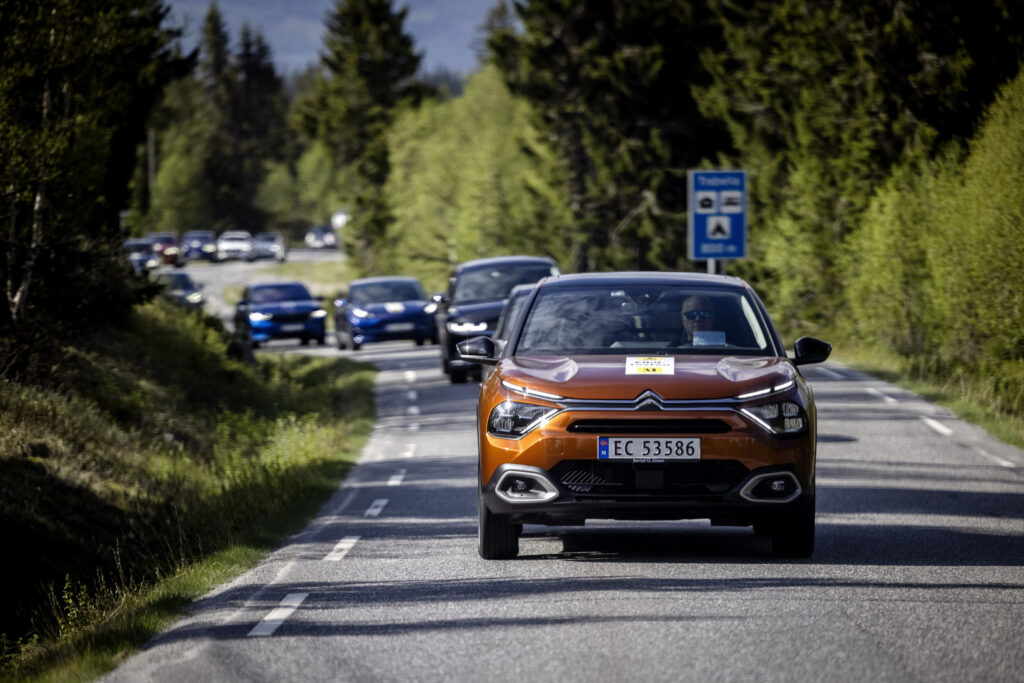
A standard range Tesla Model 3 was second most efficient, averaging 12.2kWt/100km on its way to travelling 454.4km (448km claim).
The Model 3 Long Range and Fiat 500 mini-car were equal third on 12.4 kWt/100km. The tiny Fiat managed to travel 307.8km before stopping, pipping its 298km claimed range.

It’s worth noting the testing was conducted using Model 3s built in the USA rather than China, from where Australian supplies are sourced. The Chinese Model 3s come with a different battery chemistry.
BEVs that failed to meet their claimed range were the Citroen e-C4, Chinese Xpeng G3 and the Polestar 2, which launches in Australia late this year. However, none of them were more than a few km shy of the mark.

BEVs appearing in the test for the first time included the Volkswagen ID.4, Audi e-Tron GT, Skoda Enyaq, Hyundai Ioniq 5, Mercedes-Benz EQA and Opel Mokka-e.
The Mazda MX-30 BEV, which is soon to launch in Australia, managed the least range at 219.6km (200km claim), while the Volvo XC40 Recharge was the least efficient at 17.5 kWt/100km. However, the compact SUV that goes on-sale in Australia around August, was not fitted with the latest software and still exceeded its range claim, travelling 445.4km versus 415km.

